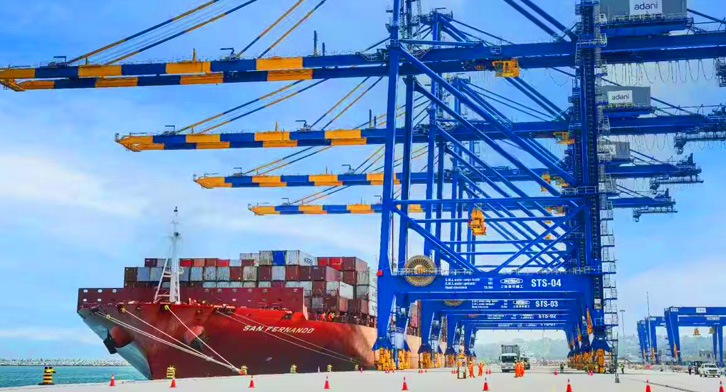
Ensuring the financial stability of your chosen freight forwarding provider is crucial to guarantee a smooth and reliable supply chain. By assessing their financial health, you can mitigate risks, avoid potential disruptions, and make informed decisions. This article provides a comprehensive guide on how to assess the financial stability of your freight forwarding provider, outlining key indicators and evaluation methods to consider.
Understanding the Basics
Before diving into the assessment process, it’s essential to grasp the fundamentals of financial stability in the context of freight forwarding. Financial stability refers to a freight forwarding provider’s ability to meet its financial obligations consistently. By evaluating various financial indicators, you can gauge their solvency, profitability, and overall financial health.
One of the primary methods for assessing financial stability is through a thorough analysis of the freight forwarding provider’s financial statements. These statements, including the balance sheet, income statement, and cash flow statement, provide valuable insights into their financial position, performance, and liquidity.
When examining the balance sheet, focus on liquidity ratios such as the current ratio and quick ratio to assess the provider’s ability to cover short-term obligations. Additionally, evaluate leverage ratios such as debt-to-equity ratio and interest coverage ratio to understand their long-term financial obligations and debt management practices.
Moving on to the income statement analysis, analyze revenue and profit trends over time. This examination helps identify the provider’s revenue sources, profit margins, and cost structure. By understanding their cost structure, you can assess their efficiency and ability to manage expenses effectively.
Furthermore, analyzing the cash flow statement provides insights into the provider’s cash generation and stability. Evaluate operating cash flow, investing cash flow, and financing cash flow to understand their cash management practices and identify potential cash flow risks.
Creditworthiness plays a vital role in evaluating the financial stability of a freight forwarding provider. A reliable method for assessing creditworthiness is reviewing credit rating agencies’ reports. These reports assign credit ratings based on the provider’s financial performance, credit history, and industry reputation. Look for providers with favorable credit ratings to ensure their financial stability.
In addition to credit ratings, analyze the provider’s payment history and trade references. Evaluate their payment terms, timeliness of payments, and relationships with suppliers. A provider with a strong payment history and positive trade references demonstrates financial reliability and professionalism.
To assess the long-term viability of a freight forwarding provider, consider factors such as their market reputation and client portfolio. A provider with a strong reputation and a diverse client portfolio indicates stability and a proven track record of delivering reliable services.
Furthermore, review the provider’s financial growth and stability over time. Analyze their revenue growth, profit margins, and stability during economic downturns. Consistent growth and financial stability demonstrate the provider’s ability to adapt and withstand market fluctuations.
Additionally, investigate their strategic partnerships and alliances. A well-established network of partnerships signifies collaborative efforts, shared resources, and potential risk diversification.
The freight forwarding industry operates within a dynamic global market influenced by economic conditions, regulations, and risk factors. Assessing industry-specific factors is crucial to evaluating a provider’s financial stability comprehensively.
Begin by analyzing the impact of global economic conditions on the freight forwarding industry. Economic downturns can significantly affect the financial stability of providers. Evaluate their ability to withstand economic challenges and adapt to market dynamics.
Furthermore, evaluate their regulatory compliance and legal obligations. Freight forwarding providers must comply with industry regulations and legal requirements to operate ethically and transparently. Assess their compliance history and adherence to industry standards to ensure their financial stability and credibility.
Analyze the provider’s insurance coverage and risk management practices. Adequate insurance coverage protects against potential financial losses and liability. Additionally, examine their risk management strategies and disaster recovery plans to gauge their preparedness in handling unforeseen events and minimizing disruptions.
Operational efficiency is a key aspect of assessing a freight forwarding provider’s financial stability. A well-structured technology infrastructure and systems contribute to efficient operations, accurate tracking, and streamlined processes. Evaluate their technology capabilities to ensure they have the necessary tools for seamless supply chain management.
Review their supply chain management capabilities, including inventory management, transportation management, and warehouse operations. Efficient supply chain management reduces costs, minimizes delays, and enhances overall operational performance.
Assess their fleet size, equipment, and maintenance practices. A well-maintained and reliable fleet ensures timely delivery and minimizes the risk of disruptions due to equipment failure. Evaluate their fleet management practices to ensure the provider has the necessary resources for smooth operations.
Freight forwarding involves inherent risks, making it essential for providers to have robust risk management practices. Evaluate their risk assessment and mitigation strategies to understand their approach to identifying and managing potential risks. Providers with comprehensive risk management practices demonstrate their commitment to safeguarding the financial stability of their operations.
Analyze their disaster recovery and business continuity plans. These plans outline how the provider handles unexpected events and ensures minimal disruptions to their operations. Robust plans demonstrate their preparedness and ability to recover quickly from potential setbacks.
Furthermore, assess their financial risk diversification efforts. A provider that diversifies its risk exposure, such as through a diversified client base or global operations, demonstrates financial resilience and stability.
Staying informed about industry trends and developments is crucial in assessing the financial stability of a freight forwarding provider. Analyze industry benchmarks and performance metrics to compare the provider’s financial performance against industry standards. This analysis provides insights into their competitiveness, efficiency, and financial stability.
Monitor forward-looking strategies and innovation initiatives. Providers that actively pursue innovation and adapt to emerging trends demonstrate their commitment to staying ahead of the curve. Analyze their strategic plans, investments in technology, and initiatives for continuous improvement.
Assessing the financial stability of your freight forwarding provider is essential for ensuring a reliable and secure supply chain. By understanding the basics of financial stability, analyzing financial statements, assessing creditworthiness, evaluating long-term viability, considering industry-specific factors, and examining operational efficiency, risk management practices, and industry trends, you can make informed decisions and choose a financially stable provider. Thorough assessment mitigates risks, enhances operational efficiency, and safeguards the financial stability of your supply chain operations. Choose wisely for a seamless and reliable freight forwarding experience.
Yes! The Reports can export to PDF format, Excel, Word Format etc.
Yes! B/L print outs can be taken in a Single click
Freight forwarders provide their customers with a range of services including consolidation, documentation, freight payment and customs clearance. The service is offered by freight forwarders who serve as an intermediary between the shipper and the forwarder’s transportation network.
The world is calling, but the struggle with complex international exports can be overwhelming. Shipping software allows you to:
Optimize systems: Automate operations, expand productivity, and increase accuracy.
To achieve global ordering: Track inventory in real time; compatibility with global networks; and make decisions based on data.
Enhanced customer service: Respond quickly, provide clear information, and rise above language issues.
Choose the right freight forwarding software to open your company to global growth.
Choosing the right freight software is like choosing your superhero gear – it empowers you to handle complex logistics and soar to new heights. Here are some basics to ensure your software is a real winner:
Effortless Shipping: Imagine recording, tracking and reporting on shipments with a few clicks. Your software may simplify these processes, freeing you up to focus on bigger things.
Simplified bookkeeping: Creating accurate quotes, invoices, and report cards is unlike paper invoices. Look for software that simplifies paperwork and keeps everything organized.
Strong customer relationships: A robust CRM system in your software allows you to manage customer interactions, send personalized communications, and foster strong relationships – the foundation of any successful business.
Data push decisions: Your software program can be your own record analyzer. Look for features that provide insightful analysis of overall performance, identify trends, and empower your company to make informed choices.
Easy conversation: Does your software play well with others? Integrating accounting, CRM and visit management systems improves information flow and eliminates accounting silos – a huge win for efficiency
By installing those essential components, you equip your logistics with the software muscle needed to overcome any system challenges and achieve breakthrough success
A quantity of steps are worried in integrating and employing freight forwarding software program (CargoNet) inside your commercial enterprise, these encompass:
Evaluation and Planning: Assess the existing freight forwarding processes in your organisation and discover regions to be stepped forward. Establish your precise requirements and dreams for imposing CargoNet software program application. Develop a plan of implementation along with timeframes, sources and key individuals.
Customization and Configuration: Collaborate with our implementation group in order to personalize the software program in line with the workflows or processes used by your very own organization. Set up configurations, user privileges, in addition to connections to other systems employed across your business enterprise.
Data Migration: Prepare your present day Freight Forwarding statistics for migration into CargoNet. Make certain that statistics is accurate and sound by way of purging it off old data even as formatting it efficaciously



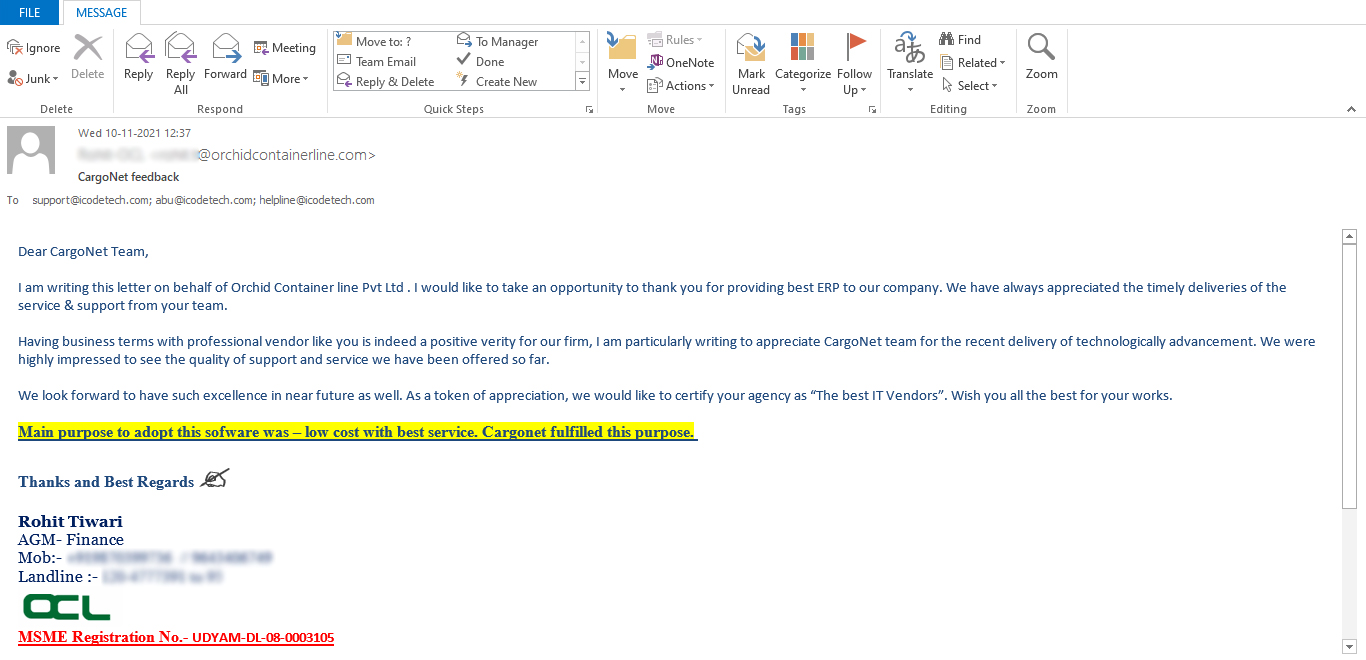
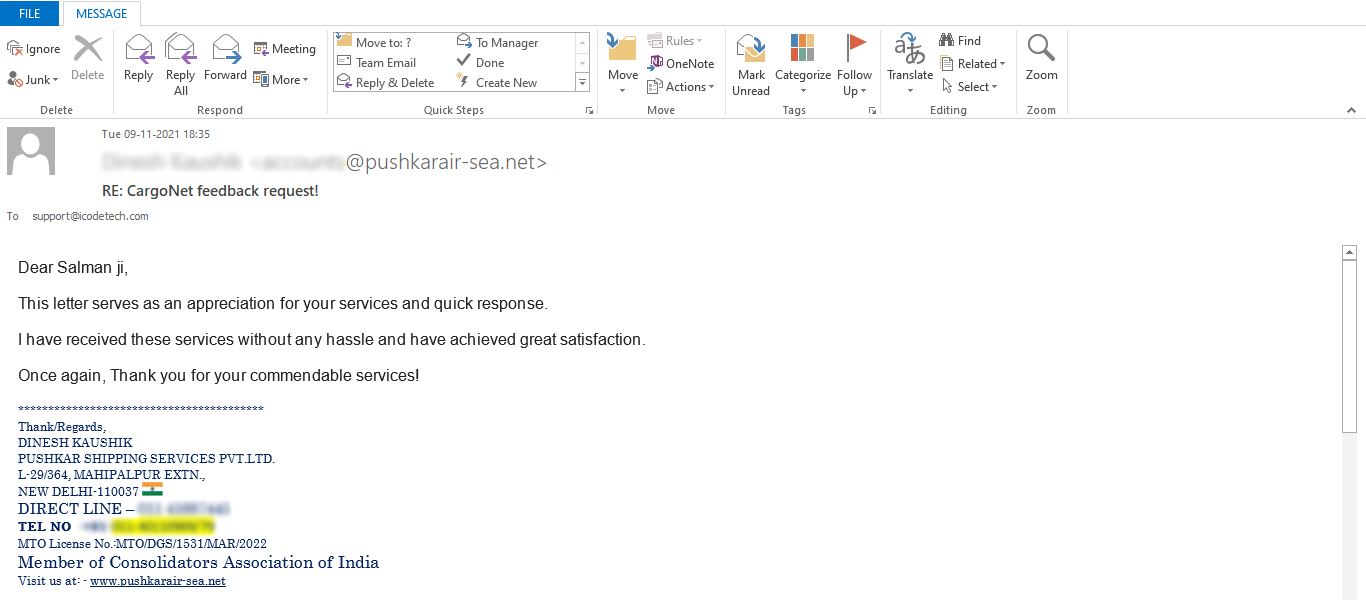
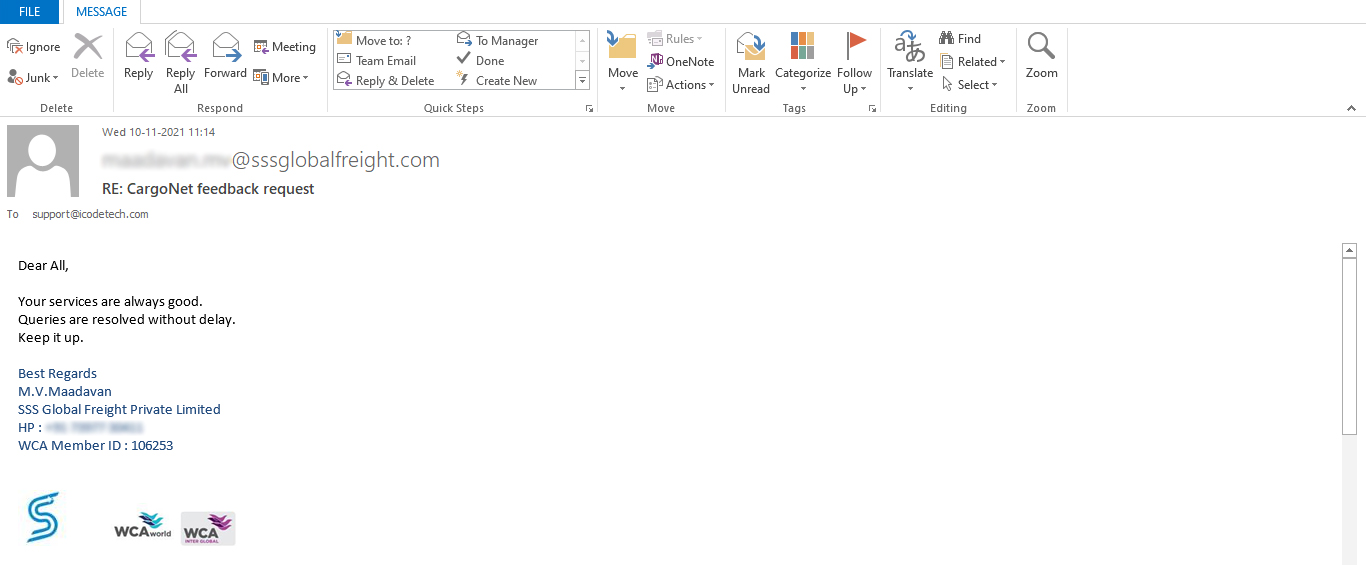
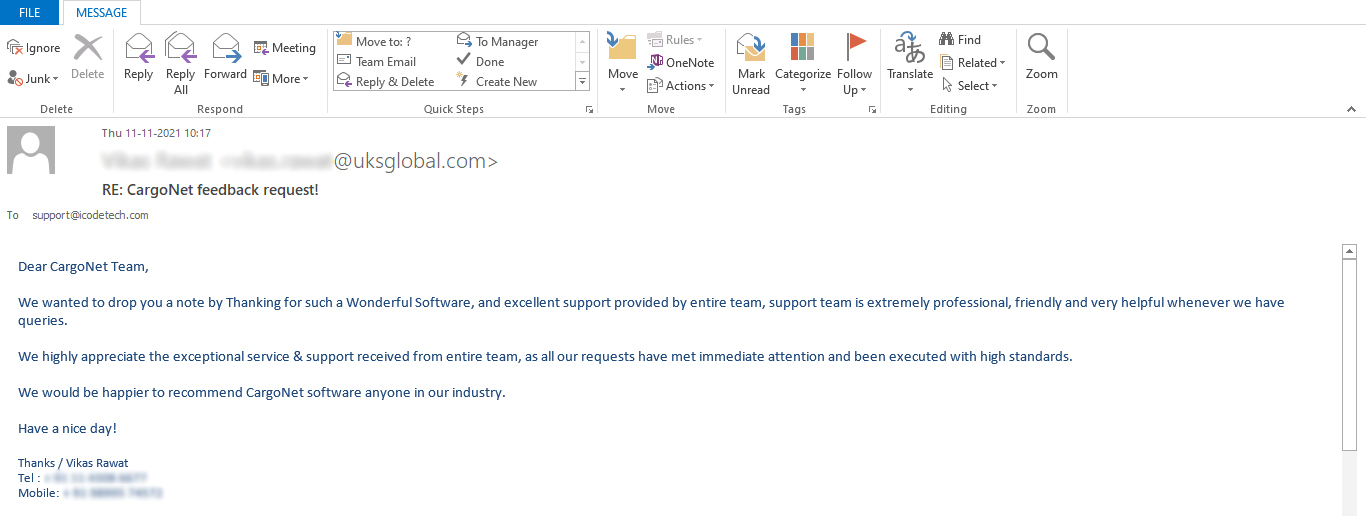
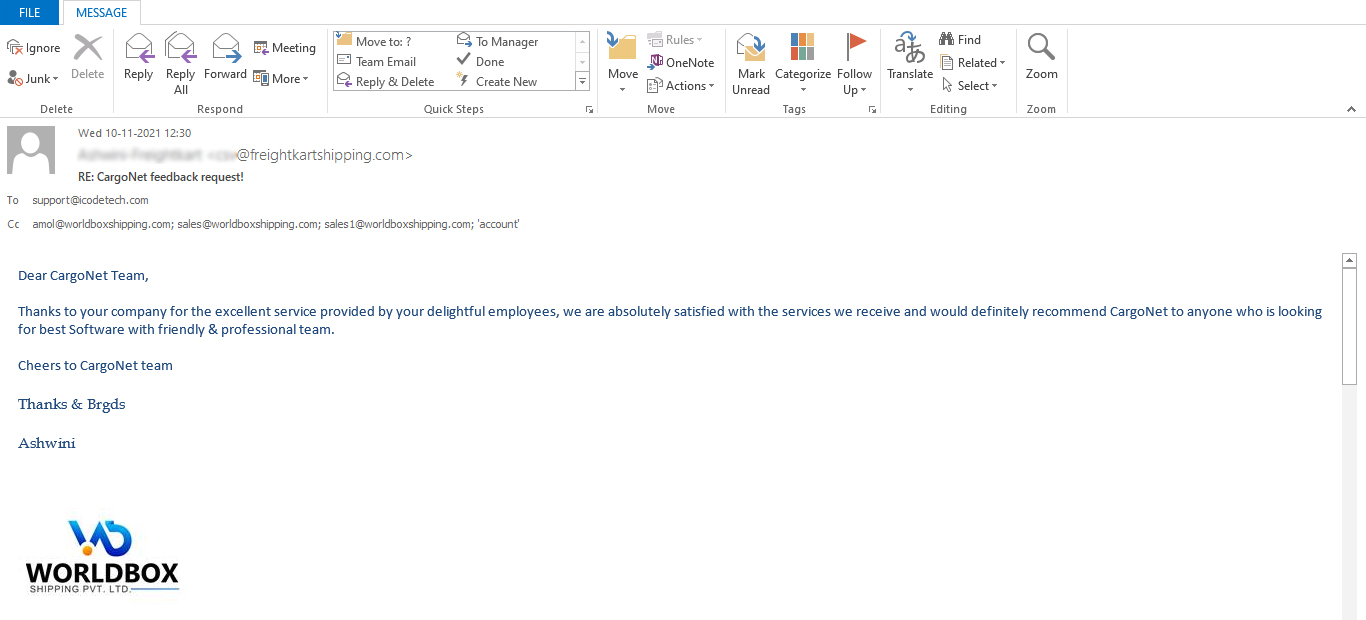
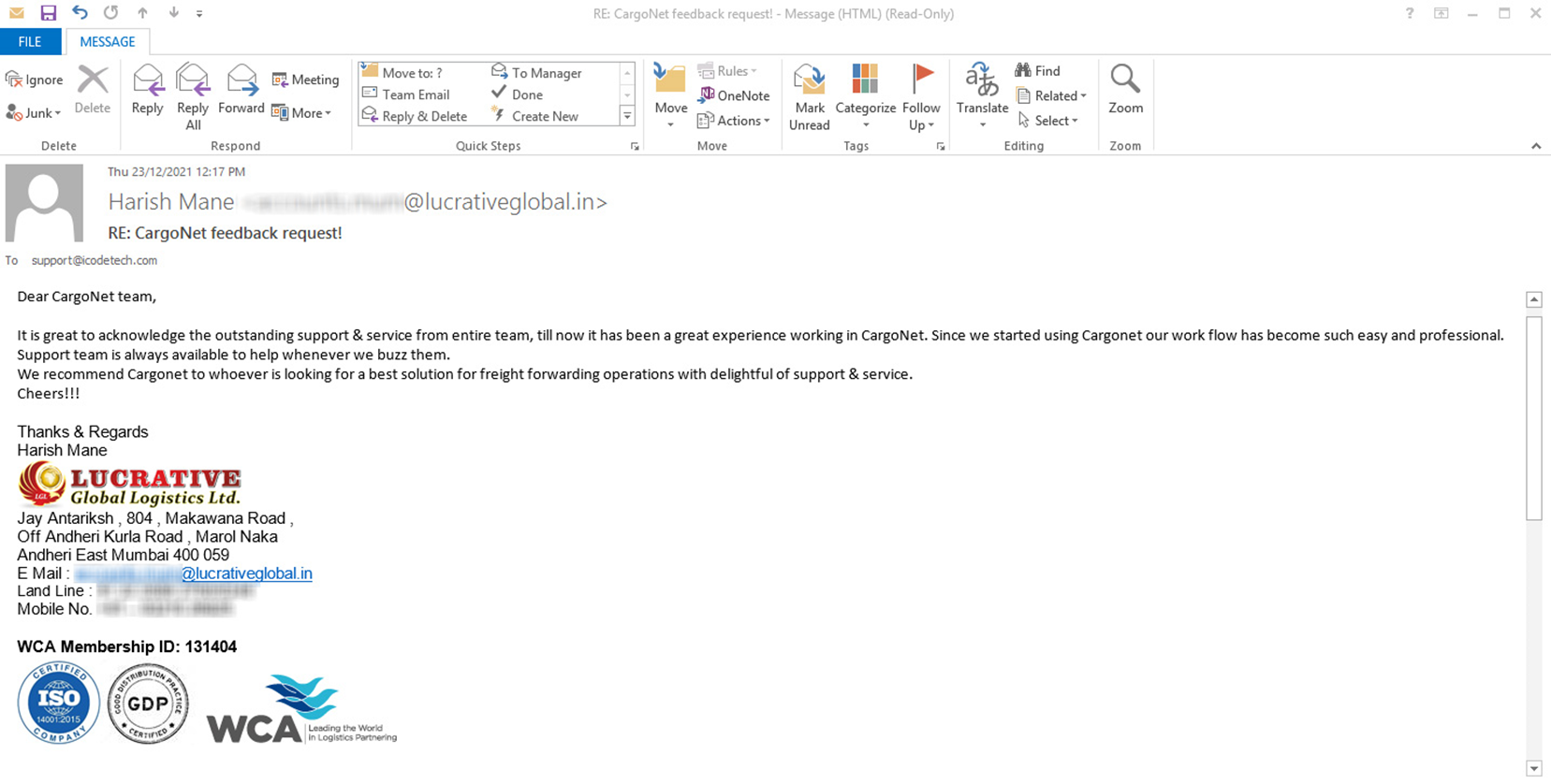

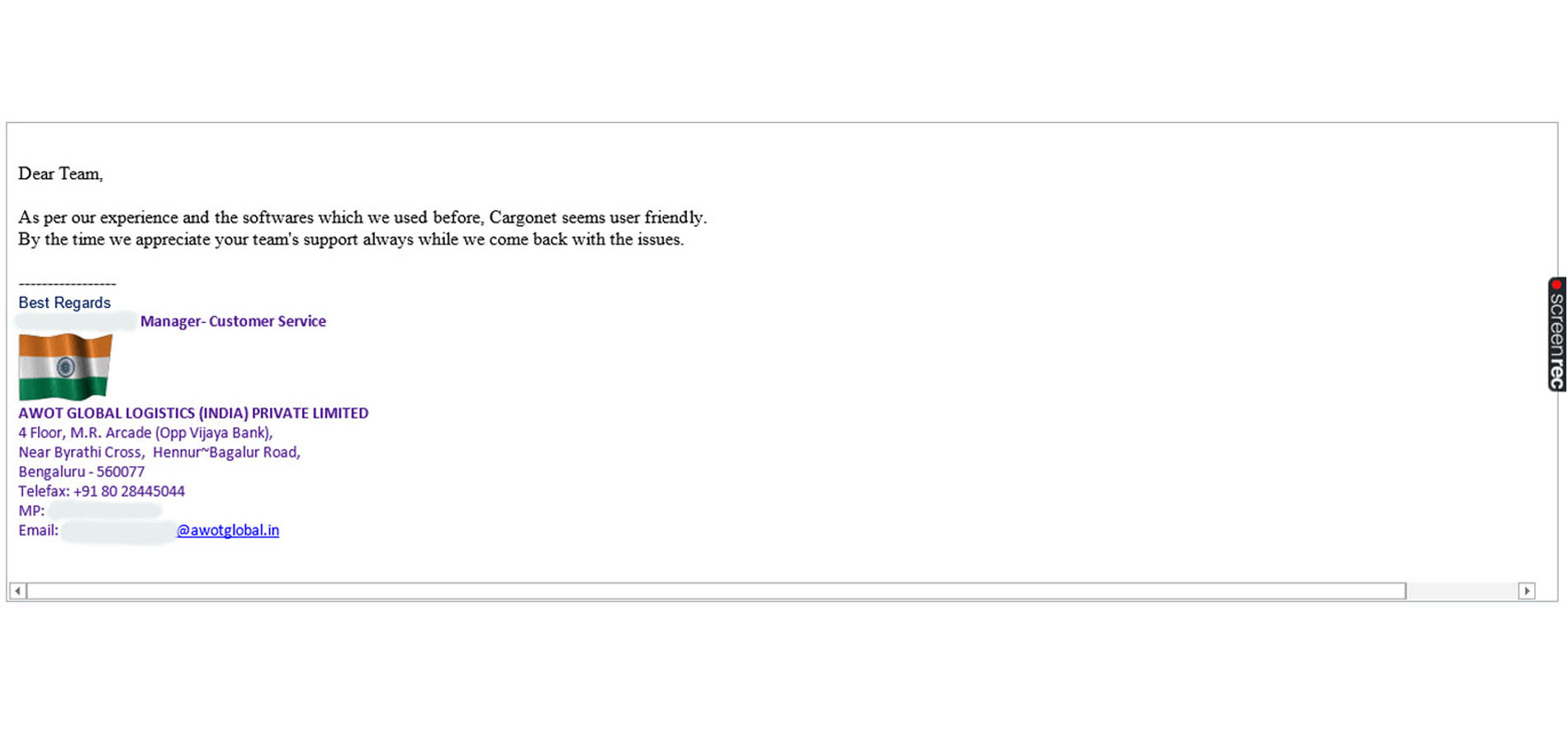

Share your information for instant access